Mammalian cell colony growth
A mammalian cell colony is modeled as a set of contacting deformable particles. A particle can be substituted by a pair of new particles that models the process of cell division. Specific features of this simulation are:
- Particles have arbitrary shapes defined by real functions;
- Particles follow particular rules of behaviour;
- Communication between particles is defined by a collision (interpenetration) detection algorithm;
- For simulation of a deformable particle, we dynamically change its shape, size and orientation;
- A genetic algorithm is used to solve the packing problem.
Figures a-d below show a simulated process of colony growth:
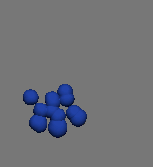 a
a 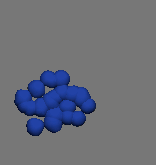 b
b
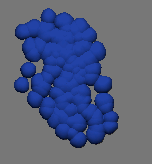 c
c 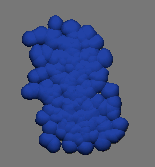 d
d
Zoom view  of the colony shows irregular shapes of the particles.
of the colony shows irregular shapes of the particles.
Figures e-g below show immortalized human lymphocytes AHH-1 photographed by Polaroid MicroCam camera (x200 magnification) installed on an Olympus CK2 microscope:
 e
e  f
f 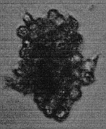 g
g
The algorithms used in our simulation are discussed in the paper:
Savchenko V.V., A.G.Basnakian , Pasko A.A., S.V.Ten , R.Huang
“Simulation of a growing mammalian cell colony: collision-based packing algorithm for deformable particles”, Computer Graphics: Developments in Virtual Environments, R.Earnshaw and J.Vince (Eds.), (CG International'95 Conference, Leeds, UK, June 26-30), 1995, Academic Press, pp.437-447.
V. V. Savchenko, A. G. Basnakian, A. A. Pasko
“Computer simulation and analysis of a growing mammalian cell colony”, Mathematical & Computational Biology: Computational Morphogenesis, Hierarchical Complexity & Digital Evolution, C. L. Nehaniv, Ed., Lectures on Mathematics in Life Sciences Series, Volume 26, American Mathematical Society, Providence, Rhode Island, USA, 1999, pp. 111-120, ISBN: 0-8218-0941-5. PDF
